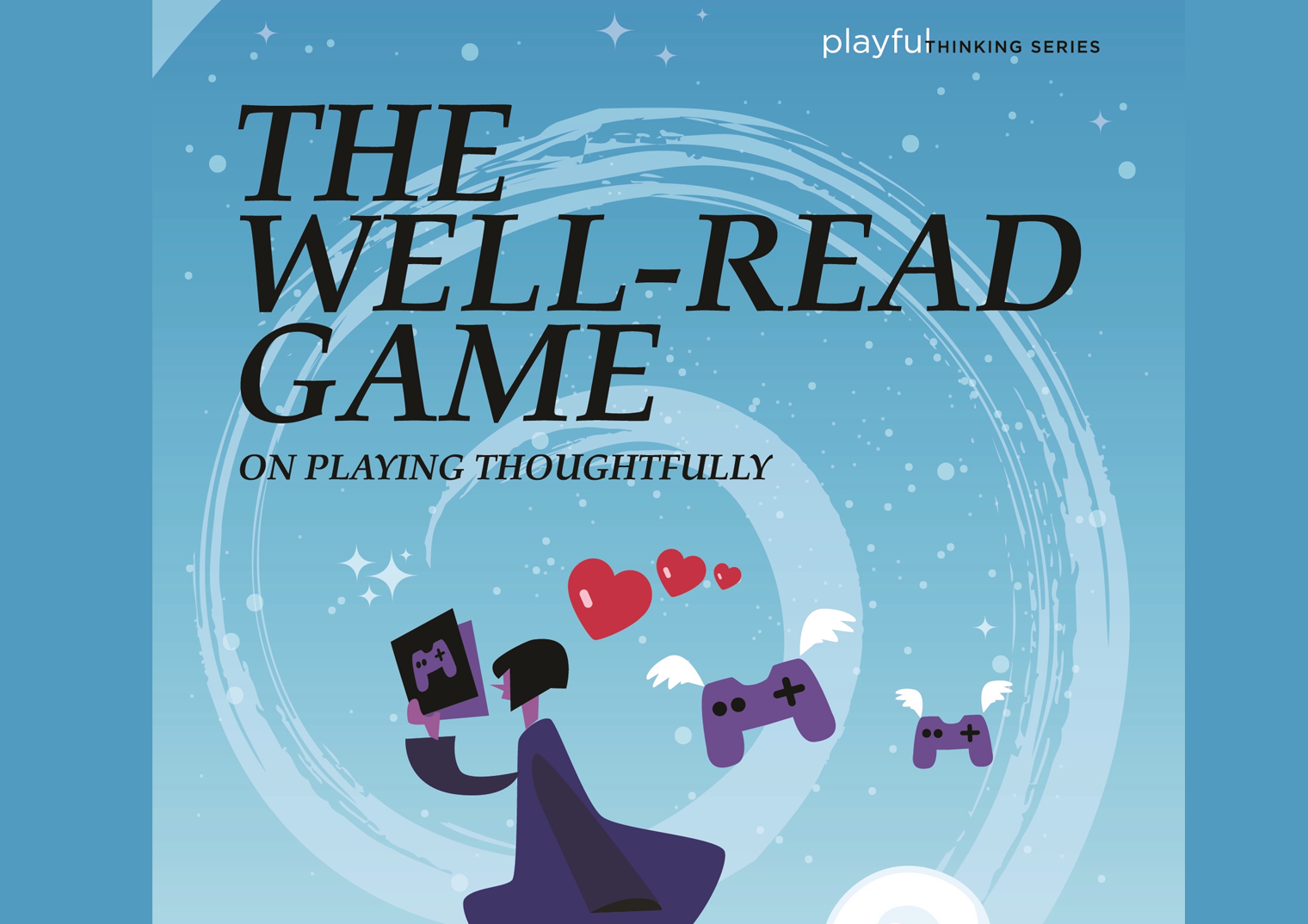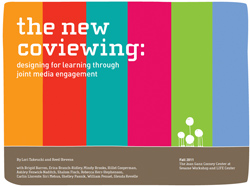
In the 1980s, communications researchers discovered that children whose parents talk about Sesame Street as they watch learn more from the show. Caregivers who coview with their children can help guide their attention to media features salient for learning. But today, with approximately two-thirds of mothers in the workforce and more platforms delivering media into homes than ever before, children are often engaged with media by themselves, at earlier ages, and for longer periods of time. We can no longer consider television the primary platform, parents the primary participants, or living rooms the primary settings for shared media experiences. In the changing face of American family life, we must now also turn our attention to mobile devices and video games; teachers, grandparents, and siblings; and schools, after-school programs, museums, and the backseats of cars.
These changes have inspired a resurgence of interest in coviewing in the research community. The LIFE Center recently coined the term joint media engagement (JME) to extend the notion beyond television and more broadly describe what happens when people learn together with media. The mobile, networked, and asynchronous qualities of increasingly affordable digital technologies offer new opportunities to co-engage children and parents—especially those from underserved populations—with high-quality educational content. However, equity concerns persist for reasons that transcend mere access to these tools.
With the realization that JME and “the new coviewing” describe essentially the same phenomenon, the Cooney and LIFE Centers joined forces in early 2010 to explore this territory together. The two Centers applied for a grant from the DML Hub to fund a multidisciplinary seminar on the topic of JME. On November 9, 2010, the two Centers co-hosted the Workshop on the New Coviewing: Promoting Young Children’s Learning with Digital Media at Northwestern University’s School of Education and Social Policy (SESP) with additional funding from the Corporation for Public Broadcasting. The daylong event brought together two dozen learning scientists, developmental psychologists, communication scholars, media producers, and philanthropists to identify key challenges in researching and designing for JME. Thus, the first cross-sectoral community devoted to understanding and designing for JME media was born.
In the year following the Northwestern workshop, the Cooney and LIFE Centers met on three other occasions to further build this alliance. In March 2011, the Cooney Center led a workshop on The New Coviewing: Supporting Learning through Joint Media Engagement at the DML Conference 2011 in Long Beach, California. The workshop opened the conversation up to a wider group of stakeholders, including academics, leaders in K-12 school settings and non-profit youth groups, as well as media designers working in television, games, and museums. In April 2011 and then again in December 2011, a subset of participants from the Northwestern gathering (namely Sesame Workshop, the Cooney Center, the LIFE Center, Northwestern University, University of Colorado, SRI, and EDC), met to map out a series of research and development activities to enter into together.
This initiative concluded with the publication of The New Coviewing: Designing for Learning through Joint Media Engagement.


